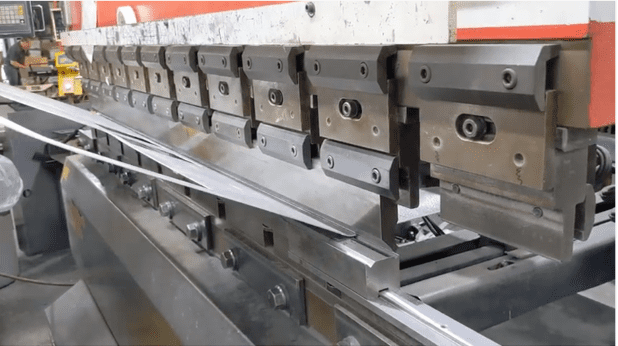Understanding Hydraulics: Key Principles, Applications, and the Role of Geocomposites
Hydraulics is a crucial aspect of modern engineering, widely used in various industries for its efficiency in power transmission and control. This article explores the fundamentals of hydraulics, its applications, and its relevance in contemporary projects, including the integration of geocomposites in hydraulic systems.
What is Hydraulics and How Does it Work?
Hydraulics refers to the use of fluid power to perform work. In hydraulic systems, a fluid (usually oil) is pressurized and transmitted through a series of pumps, valves, and cylinders to move machinery or apply force. The principle behind hydraulics is Pascal’s Law, which states that pressure applied to a confined fluid is transmitted equally in all directions. This allows for the precise control and transmission of energy, making hydraulics ideal for lifting, pressing, and moving heavy loads.

What are the Common Applications of Hydraulic Systems?
Hydraulic systems are employed in various industries due to their power and reliability. Some common applications include:
- Construction: Hydraulic machinery such as excavators, bulldozers, and cranes rely on hydraulics for efficient operation.
- Manufacturing: In factories, hydraulic presses, injection molding machines, and assembly line equipment use hydraulics for precision and speed.
- Automotive: Hydraulic systems are crucial in braking systems, power steering, and suspension systems in vehicles.
- Aerospace: Aircraft utilize hydraulics for landing gear, flight control surfaces, and braking systems, ensuring safety and performance.
How Does Hydraulics Contribute to Environmental Engineering Projects?
Hydraulics plays a vital role in environmental engineering, particularly in the management and control of water resources. Hydraulic systems are used in dam operations, flood control, irrigation, and wastewater treatment plants. These systems help regulate water flow, ensuring efficient distribution and management in both urban and rural settings. Additionally, hydraulic systems are integral in the installation and maintenance of geocomposites, which are used to reinforce and protect soil in environmental projects such as landfill capping and erosion control.
What is the Relationship Between Hydraulics and Geocomposites?
Geocomposites are materials made from a combination of geotextiles, geomembranes, or other geosynthetic materials that provide enhanced filtration, drainage, and reinforcement properties. In hydraulic applications, geocomposites are often used in conjunction with hydraulic systems to stabilize soil, manage water flow, and prevent erosion. For instance, in dam construction, geocomposites are utilized to reinforce embankments and control seepage, ensuring the structure’s stability. The integration of hydraulics and geocomposites creates a synergistic effect, improving the overall efficiency and durability of environmental and civil engineering projects.
Hydraulics is a powerful and versatile technology with a wide range of applications across various industries. Its ability to control and transmit energy through fluid power makes it indispensable in construction, manufacturing, automotive, and environmental engineering. The integration of geocomposites in hydraulic systems further enhances the stability and effectiveness of engineering projects, particularly in environmental management. Understanding the principles of hydraulics and its relationship with materials like geocomposites is essential for professionals in engineering and environmental fields.




